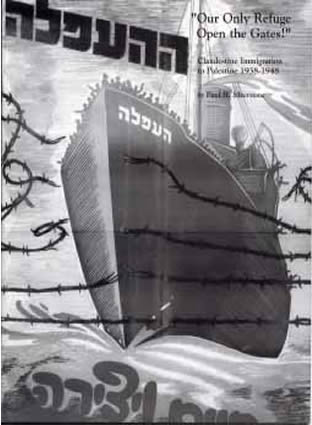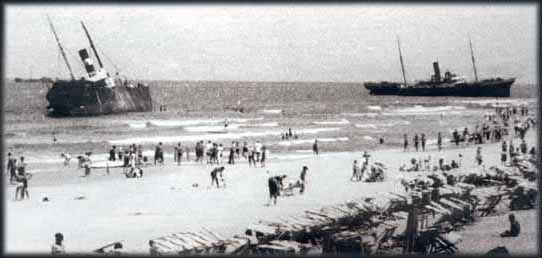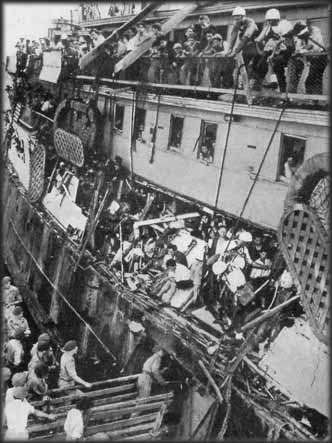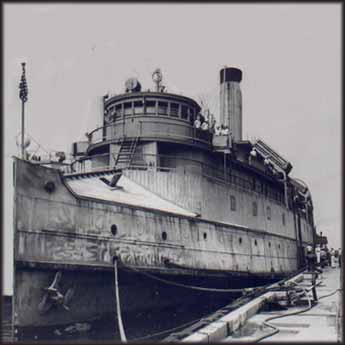Sustained by the Zionist dream and spurred by the threat and later the unrelenting actuality of Nazi annihilation, 125,000 Jewish men, women and children made the perilous journey by sea to Palestine during the period 1938-1948 despite the many obstacles placed in their way.
Paul Silverstone’s work highlights the many ships that brought the refugees to Palestine against adamant British opposition which landed many in internment camps. Before the outbreak of World War II, the original driving force behind clandestine immigration was the Revisionist movement which operated according to its own agenda, a policy contrary to that of the Jewish Agency and the ‘establishment’ opinion of Jewish Palestine. After Munich, the newly formed Mossad l’Aliyah Bet, formed by the Haganah, the military arm of the Jewish Agency, joined in the rescue effort.
The British policy relating to the admission of Jewish immigrants to Palestine also changed with each period. Often it took a tragic episode to cause such a change. The sinkings of the Patria and Struma, and the forcible return of the Exodus passengers each resulted in a modification of British policy. After the war the cycle began again, small vessels holding hundreds of people giving way to ever larger vessels carrying thousands. Some 75 ships were used in this endeavor.
Following the end of the war and the revelation of the Holocaust, the involvement of Americans became important in the story. Hundreds of American volunteers manned ten of the ships which brought in over half the total for the period 1946-48. These ships which include the Exodus are a vital part of the story and the volunteers a part of the living history of Aliyah Bet. “An outstanding contribution to the historical literature of Aliyah Bet.”
American Veterans of Israel Newsletter
Order Book directly from Author



